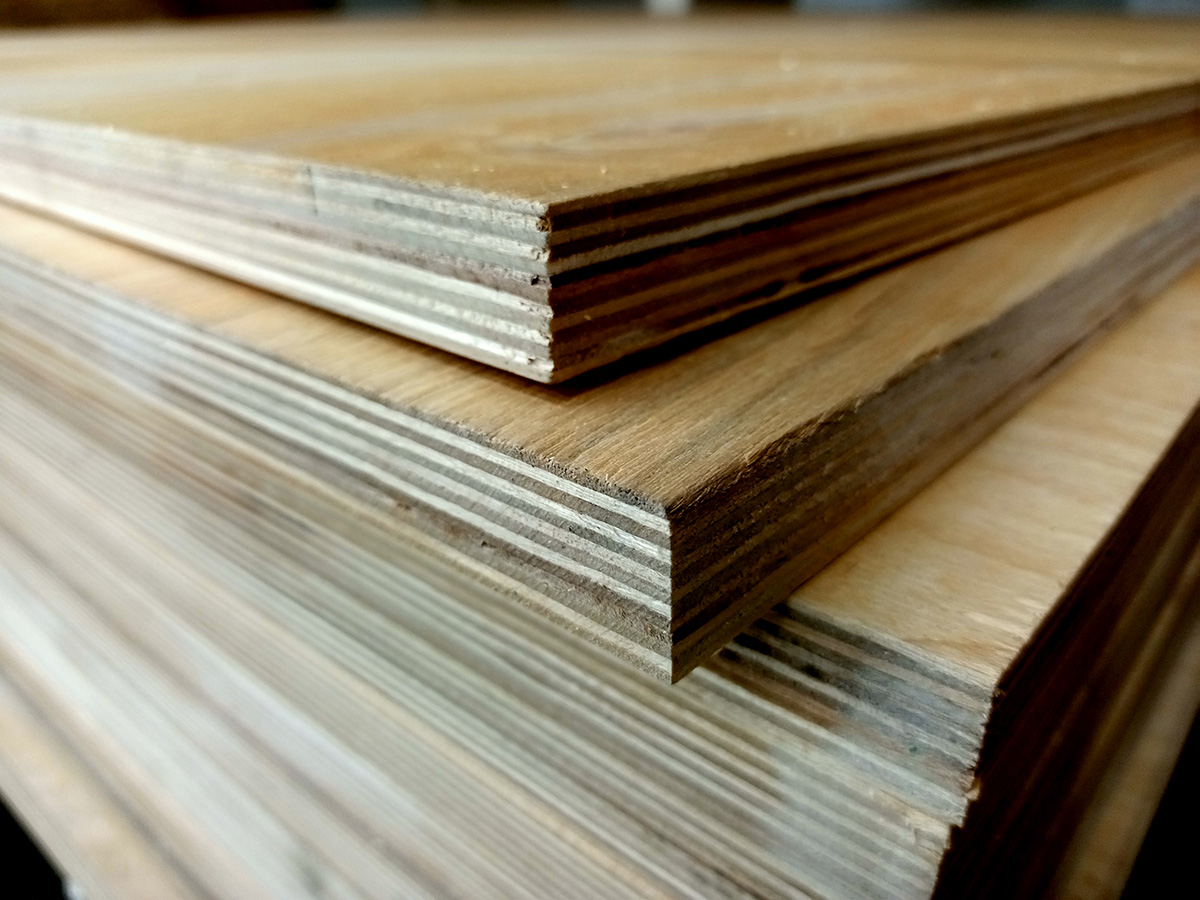Understanding plywood sizes is the first step to getting the right fit for your packaging needs.
Manufacturers rely on plywood daily because it is strong, versatile, and lightweight, making it a staple across the industry.
Plywood is one of the most widely used materials in the United States, with millions of cubic feet produced each year. In packaging, plywood is key when building durable crates, pallets, and skids for shipping and storage. Because plywood can be manufactured into larger sheets than solid wood, it offers flexibility in both design and cost.
In this post, we’ll discuss the basics of plywood sizes.
How Much Do Plywood Sizes Matter?
One size does not fit all for plywood uses. Plywood can come in many different dimensions and variations. The type of plywood you need also helps determine what size would work best.
You may not be aware of the plywood sizes available or the differences between them. In this post, we will discuss the different plywood sizes, thicknesses, and lengths available.
Understanding Plywood

Before looking for certain sizes, you need first to learn what plywood is and how manufacturing can affect the different dimensions.
Plywood is made by layering thin wood, called wood veneers, together and adhering it with glue. The wood grain of each layer is placed perpendicularly to the next layer, normalizing material properties to help with shrinkage and swelling behavior.
Ply refers to the number of layers plywood receives, ultimately determining the thickness. The higher the number of layers used, the stronger the piece of plywood will be. Wood veneers can vary in thickness, so be sure to check the exact thickness instead of how many plies it has.
Plywood sizes typically come in three, five, or multi-ply, with three-ply being the most popular.
Standard Plywood Sizes
In transportation packaging, standard plywood sizes help businesses keep costs down and projects consistent.
A typical sheet measures 4 x 8 feet, but variations like 5 x 5 or 2 x 4 feet are also available. Some utility sheets can run up to 10 feet long, making them a go-to material for oversized packaging needs.
.
Widths & Lengths
In the United States, the length and width of plywood are measured in standard units. The most common plywood sizes are 4 x 8 and 5 x 5 feet.
Softwood is also available in plywood sizes 2 x 2 feet, 2 x 4 feet, and 4 x 4 feet. Utility plywood can be made up to 10 feet long for larger projects. The ability to achieve different dimensions is part of the reason plywood is so popular within the packaging industry.
Thickness of Plywood
Thickness plays a big role in performance. While standard plywood sizes range from ¼ to ¾ inch, actual thickness can be slightly less due to drying and sanding during manufacturing. That’s why it is important to confirm exact measurements when specifying plywood for crates or pallets.
The actual thickness will be:
Nominal |
Actual |
|---|---|
| 1/8 inch | 7/64 inch |
| 1/4 inch | 7/32 inch |
| 3/7 inch | 11/32 inch |
| 1/2 inch | 15/32 inch |
| 5/8 inch | 19/32 inch |
| 3/4 inch | 23/32 inch |
Not Sure What Size You Need?
Plywood sizes vary based on species, grade, and end use, so choosing the right sheet depends on your supply chain needs. Whether you need standard dimensions or custom solutions, understanding the differences will help you maximize both strength and efficiency.
With over 40 years of experience, Conner Industries supplies standard and custom pallets, crates, and integrated industrial packaging built around your exact requirements. Work with a partner who understands manufacturing and can deliver packaging solutions that keep your products safe from production to delivery.
Contact Conner Industries today to get expert guidance on plywood sizes and all your packaging needs.







